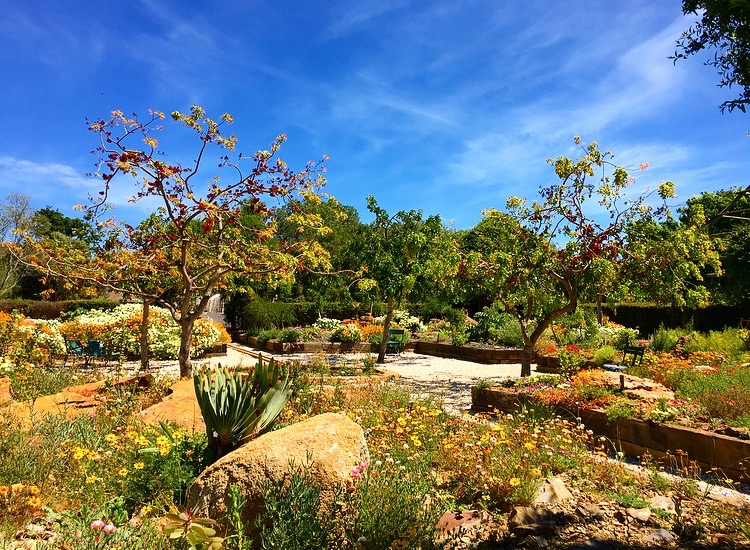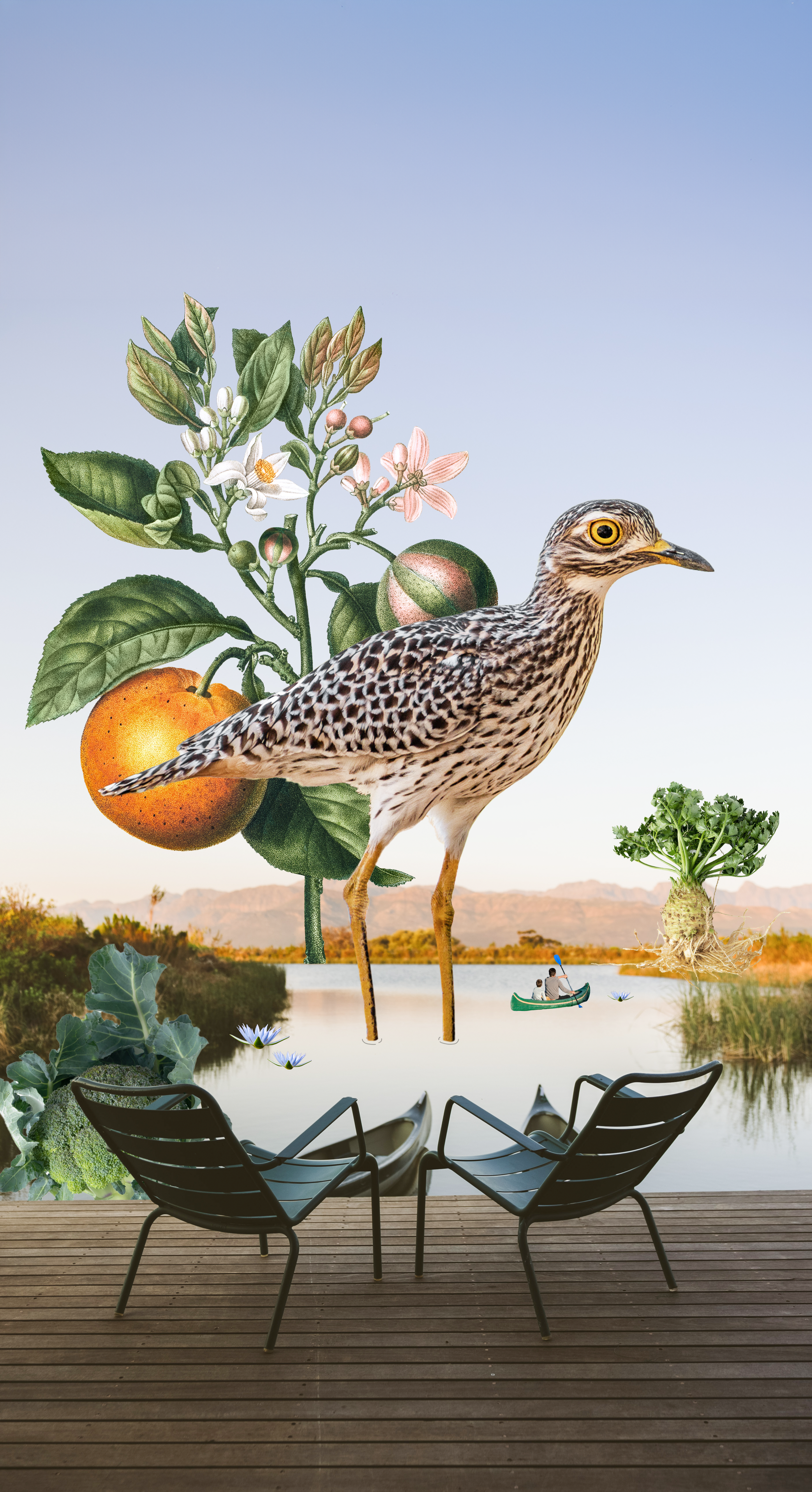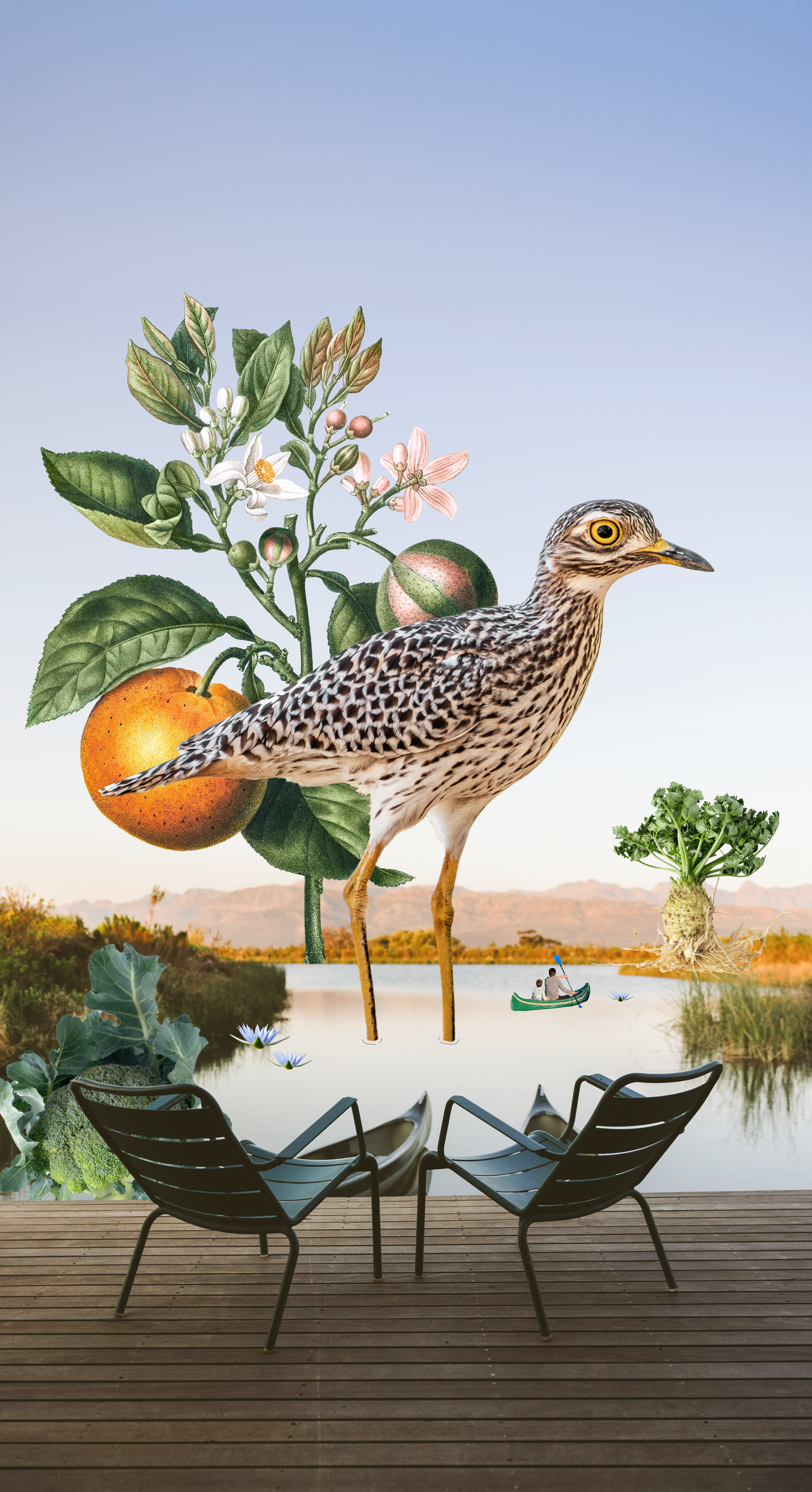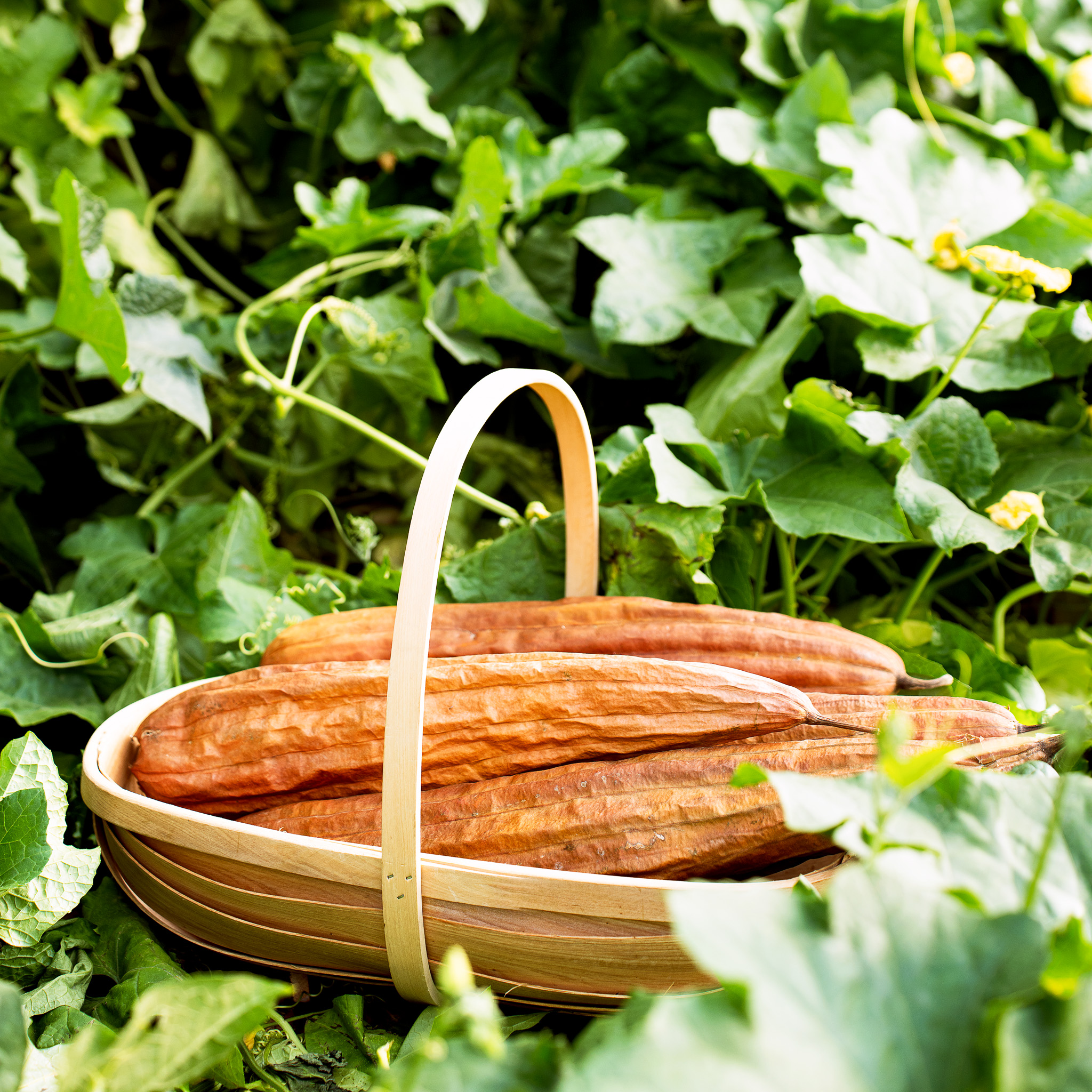10 Tips for Gardening Water Smart this Summer
November 16th, 2016The recent water crisis in our country demands immediate action from all gardeners. What can we do to reduce our water consumption and what is the best plan to achieve this in the long and short term? Droughts followed by times of good rainfall is normal for South Africa. We have to be ready when the dry periods appear – not take it for granted that the good years will remain.
In the long term it is always best to make use of indigenous plants, in other words plants adapted to the local conditions and climate. Gardening in harmony with our environment brings conservation into our gardens. It also attracts local indigenous birds, lizards, frogs and various insects. When dry periods come (as we are currently experiencing), these plants will survive without any additional water.
South Africa boasts one of the richest and most diverse plant kingdoms on the planet. Few other countries in the world have so many drought-tolerant plants. But apart from planting species with drought-tolerant features, we can also reduce water consumption by, for example, installing water storage tanks to harvest rain water from our roofs.
10 handy tips on saving water in the garden
1. Reduce the size of your lawn.
Lawns require lots of watering and fertilisers to keep them in good condition. Some indigenous grass species such as Cynodon dactylon and buffalo (Stenotaphrum secundatum) and some cultivars of Cynodon dactylon are more drought tolerant.
2. Replace lawns with drought-tolerant ground covers.
These require less attention and are more natural. Othonna capensis, Gazania rigens and Plectranthus neochilus have succulent leaves and are ideal examples. Under trees, especially dry shade, make use of the fairy crassula (Crassula multicava), hen and chickens (Chlorophytum comosum), Clivia miniata, Asparagus densiflorus, spotted onion (Drimiopsis maculata) and Plectranthus verticillatus.
3. Make use of an organic or inorganic mulch (top dressing).
This will protect your soil and all its living organisms from drying out. It will also reduce weed growth as weeds need disturbed soil and sun to germinate. In addition, the organic top dressing acts as a slow-release fertiliser, so you would be solving two problems in one go.
4. Plant succulents
Succulents are nature’s solution to a dry environment. There are many to choose from, such as the colourful mesembs, cotyledons and aloes. These plants conserve moisture in their leaves and are therefore very drought tolerant. Spekboom (Portulacaria afra) is an amazingly versatile plant that can be used as hedge or topiary or can even be grown into a small tree. Other succulent trees include Aloe barberae and Euphorbia triangularis.
5. Select plants with grey or silvery hairy foliage.
This is a sign of drought tolerance. Their beautiful leaf colour and texture will also add beauty to your garden. Many of the cycads with blue to grey foliage are extremely drought tolerant. Everlastings (Helichrysum) are good examples.
6. Plant bulbs or plants with tuberous roots.
Asparagus ground covers have fleshy roots and remain in good condition even under very dry conditions. Asparagus densiflorus and its cultivars are excellent examples. The Port Saint John’s creeper (Podranea ricasoleana) is a creeper with tuberous roots.
7. Use grey water
Use bath tub water to water your trees. Some plants are more sensitive, but most drought-tolerant plants such as succulents are very tolerant of slight pollution.
8. Water in the late afternoon or at night
Water in the late afternoon or at night when the least amount of evaporation takes place so that plants and soil can get the full benefit of taking up water with less transpiration. Drip irrigation for trees is also beneficial at night time.
9. Purchase large storage tanks and collect water from your roof surface.
This is a valuable water source. Just think of all the water run-off on our tar roads and the resulting green strip along the road. In the same way your garden can benefit from your roof run-off.
10. Avoid inorganic fertilisers.
Inorganic fertilisers speed up plant growth and therefore increase water requirements. Rather use compost or slow-release organic fertilisers. This is more natural and beneficial to plants and the environment.




